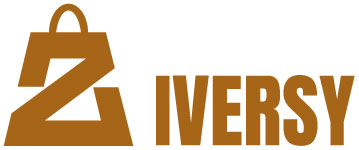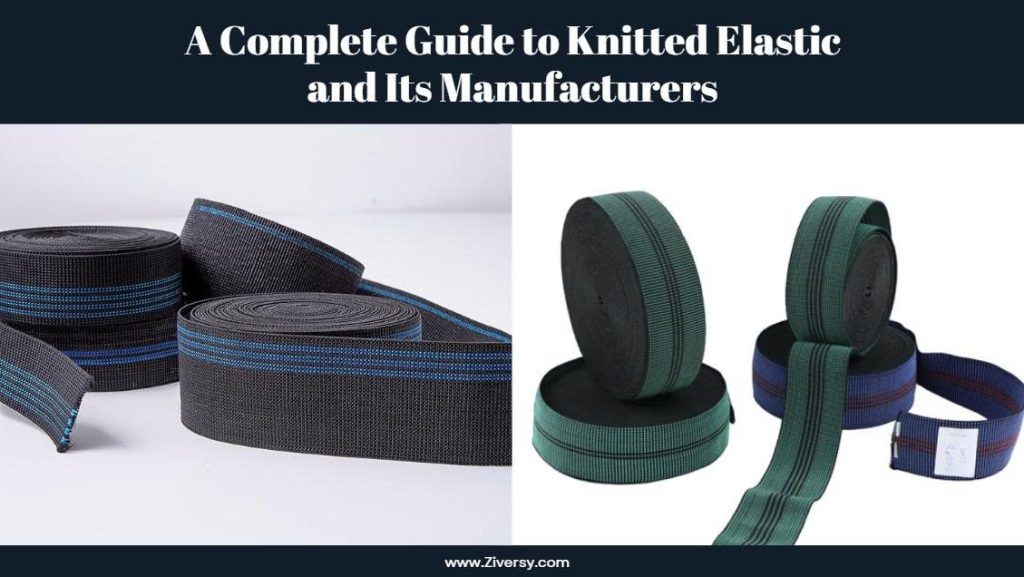Blog
A Complete Guide to Knitted Elastic and Its Manufacturers
Elastic is an integral material that spans multiple industries, from fashion and upholstery to healthcare and beyond. Its adaptability, strength, and ability to provide stretch make it a cornerstone in creating functional and durable products. Among various elastic types, knitted elastic stands out for its softness, flexibility, and versatile performance.
If you work in garment production, textiles, or home furnishings, understanding knitted elastic and partnering with the right manufacturer is vital. Let’s explore what makes this type of elastic unique, its advantages, common applications, and why choosing an experienced supplier matters.
What Is Knitted Elastic?
Knitted elastic is produced by interlocking loops of fibers using precision knitting machines. This structure gives it a gentle stretch and excellent resilience over time. Unlike braided or woven elastic, which are designed for strength or specific technical uses, knitted elastic is softer, more pliable, and ideal for comfort-oriented products.
One of its key advantages is that it maintains its width when stretched—a property that makes it perfect for clothing, accessories, and home textiles requiring both flexibility and durability. Its lightweight and breathable nature also makes it more comfortable than many alternatives like woven webbing or braided elastic.
Why Choose Knitted Elastic Over Other Types?
Key Applications of Knitted Elastic
Thanks to its adaptable nature, knitted elastic is used across multiple sectors. It comes in a variety of sizes and is often paired with ribbons, cords, or narrow fabrics to meet diverse needs.
1. Apparel and Fashion
2. Home Textiles
3. Healthcare & Medical Use
4. Accessories and Other Uses
How Knitted Elastic Is Made
The manufacturing process ensures elasticity, strength, and reliability for diverse applications:
- 1Material Selection – High-quality fibers like latex, polyester, or spandex are chosen for optimal stretch and durability.
- 2Knitting – Specialized machines create interlocking loops to form the elastic’s unique structure.
- 3Finishing – Techniques like steaming and heat-setting ensure stability and consistency.
- 4Customization – Manufacturers offer options for width, color, and stretch levels, with ongoing R&D to meet evolving needs.
Why Work with a Specialized Manufacturer?
Choosing the right supplier for knitted elastic can make all the difference in product quality and performance. Here’s why:
- 1Strict Quality Standards – Each batch is tested to ensure reliability and consistency.
- 2Tailored Solutions – From custom widths to unique performance features, manufacturers can deliver specialized products.
- 3Industry Expertise – Experienced suppliers offer insights to help you pick the right elastic for your needs.
- 4Sustainable Innovation – Many adopt eco-friendly materials and methods for a reduced environmental footprint.
- 5Cost Efficiency – Streamlined production and inventory management save time and resources.
Find the Right Knitted Elastic Partner
Selecting a trusted manufacturer is essential to creating products that stand out. Whether you’re producing apparel, home goods, or medical supplies, high-quality knitted elastic enhances durability, user comfort, and brand reputation.
By working with a supplier that prioritizes quality, customization, and timely delivery, you can ensure your products exceed expectations.
Want to learn more about premium elastic solutions? Contact us today to explore how our expertise can help bring your products to life. Visit our website to browse our range, read our privacy policy, or fill out a quick inquiry form.

